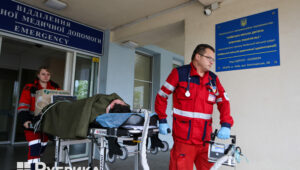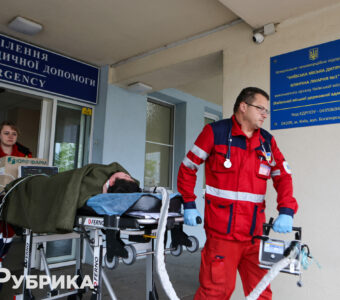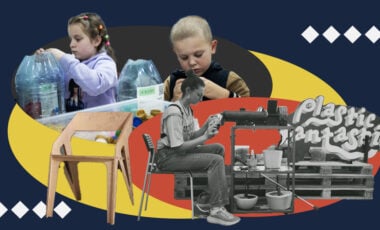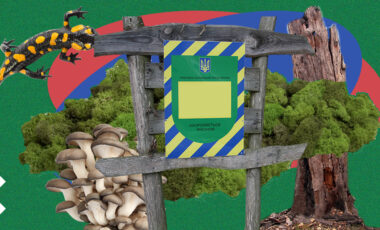Ukrainian farmers use robots in fields and gardens to boost crop yields
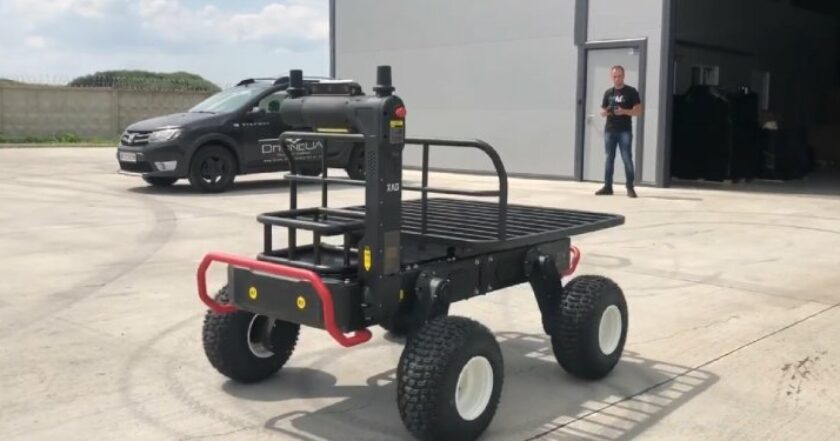
Robots XAG R150 v2. Photo: Video screenshot
Ukrainians started to use ground drones XAG R150 v2 to process fields and gardens.
DroneUA founder Valerii Yakovenko told Focus that the phenomenon hadn't so far gained mass scale, Rubryka reports.
What is the problem?
In Russia's full-scale war against Ukraine, a lot of agricultural land was occupied by Russian forces or contaminated by mines and explosives. Ukrainian farmers suffered losses in land, crops, and revenues.
To keep the economy and its farming afloat, Ukraine needs to achieve much higher yields with available land resources. One of the promising ways to increase labor productivity is the use of robotics.
What is the solution?
Autonomous ground robots are used in agriculture to increase yields and simplify the work of farmers in Ukraine.
Valerii Yakovenko, the founder of the international company DroneUA, shared the video of a fairly large XAG R150 v2 Chinese-made ground drone being used by the operator with a remote control. This robotic four-wheeled platform can operate autonomously to perform various tasks and begin to work in Ukrainian fields.
How does it work?
"They are already increasing the yield in Ukraine, and it is not their first year here. Some agricultural producers and agrochemical companies are testing these robots, and they have already reported an increase in work efficiency compared to human labor," Valerii Yakovenko told Focus. "There are positive dynamics, but this technology is still not widespread. We are not talking about thousands of units but about dozens."
The DroneUA founder said no one controlled drones during operation — all tasks are programmed in advance, but a person acts as a safety supervisor.
One operator can monitor five such XAG R150 v2 using a tablet or smartphone with an installed app, where the robots' movements can be tracked on a map. The operators can also change routes during operation, uploading new ones, or simply drawing on the screen. Each robot can be interacted with separately by giving commands remotely.
The drones can process an area of three hectares in an hour. The equipment is fully electric and is easier to monitor. The main components are designed for thousands of hours of operation.
Drones can be configured to return to their location after completing tasks or to replace batteries. The XAG R150 v2 can run for up to four hours without recharging, and to get it back up and running, the operator simply needs to swap one battery for another. The batteries are charged separately from the robots within 12 minutes.
Basically, the XAG R150 v2 is designed for three types of tasks, although its functionality can be expanded. The first is the introduction of plant protection products. Robots can process large areas and distance people from the harmful effects of chemicals. The drone can spray both the given territory and individual plants according to coordinates and appearance.
Valerii Yakovenko said the robots were equipped with cameras and an obstacle detection system, but they cannot "see" plants on their own — other drones recognize them. Small reconnaissance UAVs fly around the area before launching the XAG R150 v2, determine the location of plants, and then create a digital map for a ground "colleague."
The second way is to use the XAG R150 v2 as a cargo vehicle, making it possible to speed up harvesting. The third function is grass cutting. In this case, the robot actually acts as an autonomous mower with high productivity. It can be used in gardens, fields, and the energy sector to care for areas between solar panels.
"Ground robotics in agriculture is a rapidly growing segment, especially with gardens or berry orchards. Even in large areas of row crops, machinery is already massively becoming robotic," Valerii Yakovenko said. "It is caused by a global shortage of human resources involved in technological operations and the need to constantly improve work efficiency. The population of our planet is growing every year, and technology is the only thing that can guarantee the world's food security."
Recently, Rubryka reported that Japan began installing wolf robots to scare away bears that enter villages to search for food.
Japanese engineer Sakakibara Kikai demonstrated a 3.4m tall Land Walker robot at his factory in Gummi.
Rubryka also reported that the Royal Papworth Hospital in Cambridge is one of the first in the UK to use the Versius robot for lung and thoracic surgery.
Ukraine's Minister of Defense Oleksii Reznikov showed a video of a dog robot used for humanitarian missions.






